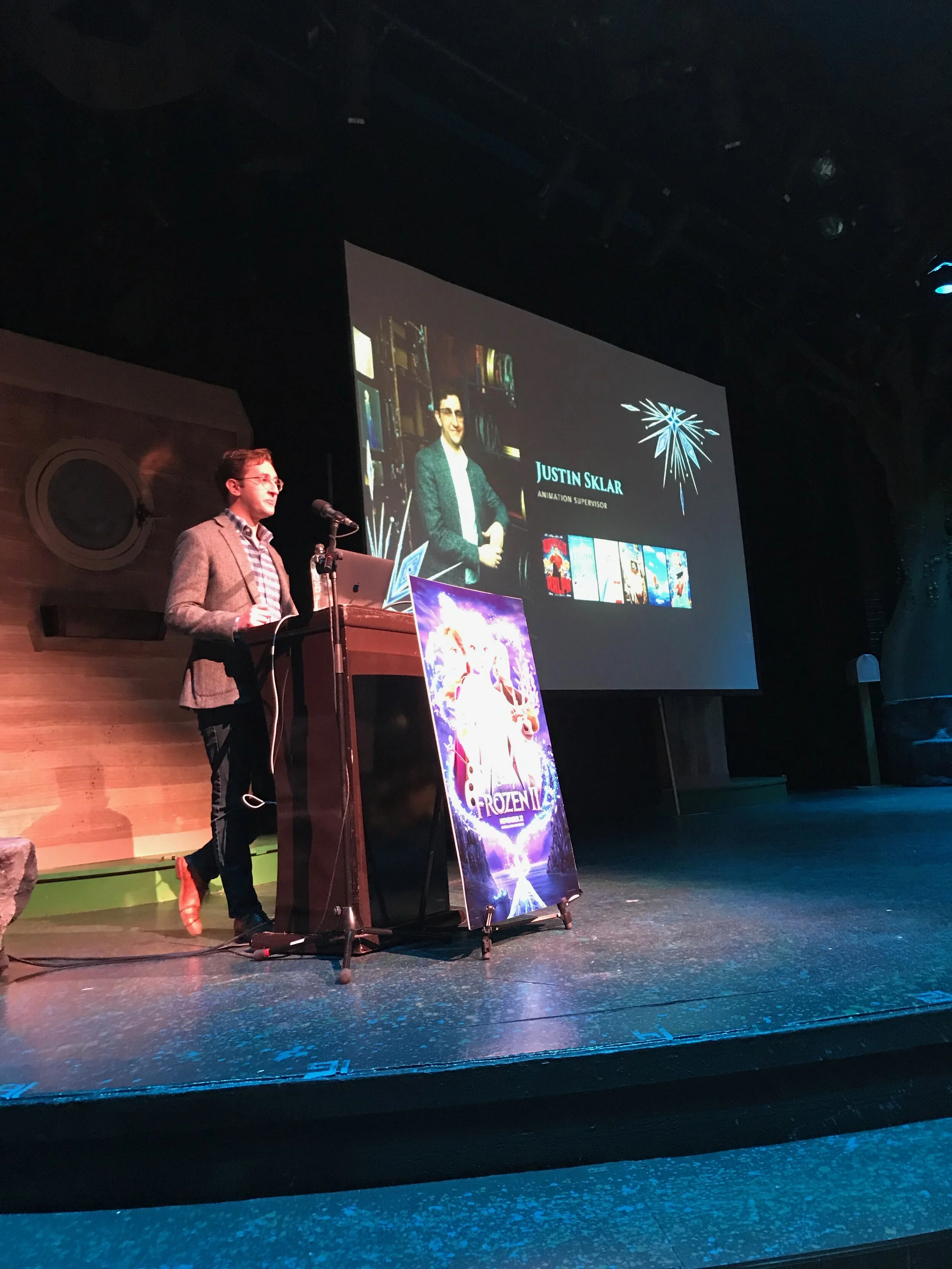James Badge Dale and Camila Morrone in ‘Mickey and the Bear’.
Take notice of Attanasio’s feature film debut ‘Mickey and the Bear’
Written and Directed by: Annabelle Attanasio
Starring: Camila Morrone and James Badge Dale
“Mickey and the Bear” – “Well, I was born in a small town, and I live in a small town. Probably die in a small town. Oh, those small communities.” – John Mellencamp
Writer/director Annabelle Attanasio’s “Mickey and the Bear”, sounds like a throwback 70s or 80s television detective drama like “Hardcastle and McCormick”, “Starsky and Hutch” or “Jake and the Fatman”.
Except for this film’s focus on two people, it doesn’t carry much resemblance to those aforementioned programs at all. Mickey (Camila Morrone) and the Bear (James Badge Dale) are not partners, live in a big city or solve crimes. They are daughter and dad. They reside in a modest trailer in Anaconda, Mont. – population 9,000 and located between Missoula and Butte – and Hank (a.k.a. The Bear) is not solving anything at the moment. He plays video games, drinks too much and isn’t earning a steady living. He’s a military vet who suffers from PTSD, but he also carries a noticeable case of arrested development.
He does, however, have a thoughtful, pleasant daughter, who acts as his caretaker but - in the process - enables his behavior. Mickey doesn’t exactly have much choice, because she’s his dependent, at least legally, but she’s also a high school senior. The right path for her future clearly lays in front of her: any step away from her current circumstances is the right one.
“Mickey and the Bear” is an intimate indie, and writer/director Annabelle Attanasio wholly captures the physicality of this small town located in a beautiful part of the world. Neighboring buttes embrace Anaconda, and they also spring lush streams, as on-screen memories of “A River Runs Through It” (1992) may come rushing back. People seem generally happy, but Mickey sees dead ends, and Attanasio expresses this teen’s perspective with opening shots of, not necessarily blight but, limited opportunities throughout the community, where construction may have last occurred 50 years ago. Mickey works at a taxidermy shop after school, where the animals posted on the walls feel as alive as new possibilities.
A slice of life picture, we see snippets of Mickey’s days at school and work, and she also has bright moments with a new classmate named Wyatt (Calvin Demba). Mickey rides her bicycle everywhere, because she’s free when outside of her home, where - in this backwards family relationship - Hank comfortably nests into a daily irresponsible haze.
Mickey’s choices are obvious, but family loyalties and perceived responsibilities can cloud anyone’s judgement. Over the course of the film, however, these previously hard choices might just become easy ones.
Morrone and Dale easily and effortlessly play disconcerting on-screen adversaries, and their unequal relationship is framed by her youth and naivety versus his grizzled experience and years of ongoing resentment.
Free of makeup and usually wearing old sweatshirts, Morrone projects Mickey’s stripped down innocence. Mickey is girlish and navigates through life without her mom, so she’s particularly vulnerable to negative forces, and Hank freely and willingly exploits these pain points. Meanwhile, Dale, 41, purposely looks older than his years, with a graying beard and a supply of wife beater t-shirts. The actor has a recent history of playing screwups (“Little Woods” (2019)), and tough guys (“Only the Brave” (2017)), and here, he cements both personas into Hank, which makes this particular character a combustible one.
“Mickey and the Bear” can be hazardous and painful to watch at times, and even though it sports a nifty runtime of 88 minutes, Attanasio’s film isn’t a disposable 80s television show that will be forgotten the next day. Not even close.
(3.5/4 stars)
Jeff – a member of the Phoenix Critics Circle – has penned film reviews since 2008, graduated from ASU’s Walter Cronkite School of Journalism and is a certified Rotten Tomatoes critic. Follow Jeff and the Phoenix Film Festival on Twitter @MitchFilmCritic and @PhoenixFilmFest, respectively.

































